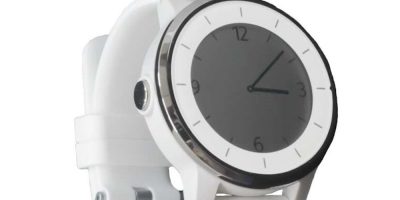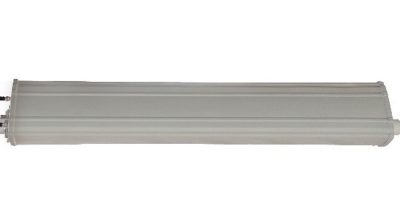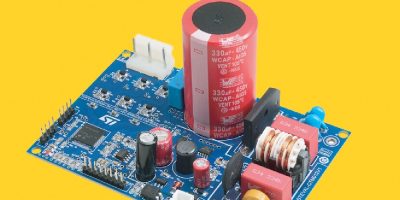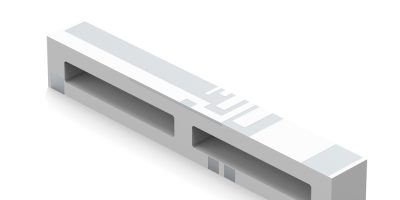French management group, Domitys has installed a private LoRaWAN (long range wide area network) in one of its residences in Mauritius where patients wearing smart watches by Life Plus, a provider of support and remote patient monitoring systems..
Unlike projects in France where there is a public LoRaWAN available, in Mauritius it was necessary to create a private LoRaWAN bubble to ensure coverage of our apartment building and its surroundings.
Using Actility’s ThingPark Enterprise IoT platform, Life Plus deployed a private LoRaWAN to cover the whole facility which consists of two buildings with 120 two or three room apartments. Eight gateways have been installed, six indoors and two outdoors, as part of a network which covers all apartments, lifts and surrounding outdoor areas. The project created a 10km wide network around the residence.
Most of the currently available devices were found to be only for raising assistance (SOS and falls) and were deemed to be stigmatising and with a low use rate.
At this facility in Mauritius, Domitys wanted to make sure the residents were secure while helping to maintain their autonomy. They wear a smart watch which alerts staff as soon as something goes wrong (such as a fall or unusual activity) or if the resident sends an SOS. The smart watch is customisable to fit preferences, such as a dial, bracelet, display design.
Life Plus co-creates products with real users – seniors, caregivers, geriatricians, general practitioners, physiotherapists, dietitians and neuropsychologists, allowing it to develop an easy to use device with a customisable design that is used by 87 per cent of residents every day.
Within the facility, small beacons are placed in apartments and shared areas, for the system to precisely locate residents inside the building, in a non-intrusive way, and only in case of problems. Bluetooth location beacons do not require wiring and are battery operated. This therefore brings flexibility in their positioning in all rooms and in the hotel park, and the most discreet integration possible.
The smart watch uses Dona Care, a cloud data and software service. The personalised smart watch and digital platform also provides customised coaching and automatic data transmission such as activity and health monitoring.
Residents are motivated to exercise more thanks to a personalised coaching focused on physical activity: walking and active walking durations, number of steps, and a daily walking goal that can be set up, pushing them to achieve it. This program can be extended to cognition activities and nutrition advice too, to support caregivers and help maintain autonomy.
A ThingPark Market demo kit is now available for purchase powered by Actility.







